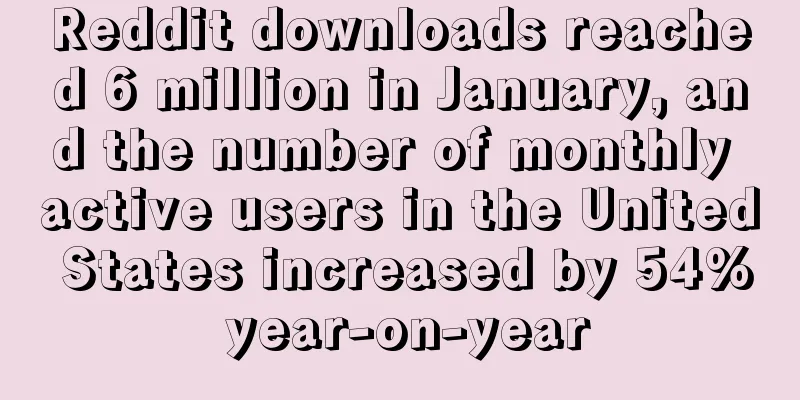Vietnam advises companies to reduce container and storage costs to help ports reduce pressure

|
Due to the COVID-19 mutant strain, the Cat Lai Chi Port, which has the most trade in Ho Chi Minh City, has suspended the docking of ships transporting overlength, overweight and special cargoes. At the same time, the series of epidemic prevention measures introduced by the Vietnamese government have led to a sharp drop in the number of port operators. Coupled with the continuous surge in global shipping prices, Vietnam's logistics prices have increased several times.
On August 10, Deputy Minister of Industry and Trade Tran Quoc Khanh sent Document No. 4812/BCT-XNK to the Vietnam Association of Logistics Services Enterprises, addressing the Vietnam Seaports Association, seaport management and development units, with the intention of reducing shipping route prices, container storage and warehousing costs at logistics centers for enterprises.
In the document, Chen Guoqing pointed out that currently 19 provinces and cities in southern Vietnam are implementing the Prime Minister's Directive No. 16. In areas with high production capacity and large import and export volumes, including Ho Chi Minh City, Binh Duong, Dong Nai, Long An, etc., due to epidemic prevention and control measures and social distance management policies, some enterprises have temporarily reduced their production capacity and scale. At the same time, due to the increase in the price of import and export containers at ports, port congestion, increased cargo storage and warehousing time, and a large increase in corporate costs.
In response to this problem, Vietnam expressed that in line with the country's deep feelings of fighting the epidemic and restoring and maintaining production to achieve the "dual goals" set by the government , the Ministry of Industry and Trade proposed the establishment of the Vietnam Logistics Service Industry Association and the Vietnam National Seaports Association. It aims to strengthen the management of seaports and help shipping companies and logistics centers operate normally.
Chen Guoqing emphasized that this document mainly has two measures:
1. Reduce the cost of storing containers, warehousing and storing goods in seaports and logistics centers for enterprises that are forced to reduce production and capacity due to the impact of the COVID-19 epidemic.
2. Improve the port's cargo release capacity, develop the port's cargo receiving capacity, coordinate the quantity of cargo entering the port from all parties, and create favorable conditions for import and export companies.
The implementation of this policy will ease Vietnam's import and export pressure and reduce the surging prices of Vietnamese containers. This may be a good opportunity for cross-border e-commerce sellers. Vietnam Freight Forwarding port |
Recommend
What is SureDone? SureDone Review, Features
<span data-docs-delta="[[20,{"gallery"...
The concept of sustainability has been deeply rooted in people’s minds, and searches for related products on eBay have increased by 315%!
During the most severe period of the epidemic, pe...
What is sophsell? sophsell Review, Features
Sophsell helps small and medium-sized sellers on A...
Consumption in the first half of the year exceeded 1 trillion, and Koreans fell in love with Chinese e-commerce platforms
Now more South Koreans are buying goods directly ...
What is Dian Xiaosheng? Dian XiaoshengReview, Features
Dianxiaosheng focuses on providing customized Sout...
$120 million! Amazon's European M&A operation company receives largest single equity financing
Recently, according to foreign media reports, Ama...
What is Vine Vioces? Vine Vioces Review, Features
In October 2016, Amazon released new review regul...
What is Ticket Monster(TMON)? Ticket Monster(TMON) Review, Features
Ticket Monster (TMON for short) is the largest gr...
What is Shenzhen Chuhai Yiding Technology Co., Ltd.? Shenzhen Chuhai Yiding Technology Co., Ltd. Review, Features
Shenzhen Chuhai Yiding Technology Co., Ltd. is a ...
84% of British people value return efficiency when repurchasing goods
According to the latest survey released by Klarna...
Amazon Global Selling Asia Pacific Seller Training Center officially opened
Today, Amazon Global Selling announced the offici...
Second-hand e-commerce company Refurbed opens new site in Ireland! Competing for 10 billion euro market
According to the latest news from RTE, Refurbed, ...
What is AIM Intellectual Property? AIM Intellectual Property Review, Features
Shenzhen Yameng Intellectual Property Agency Co.,...
What is Aim? Aim Review, Features
Aim is a Belgian company focused on acquiring suc...
The great migration of e-commerce has brought these changes to US retail
The COVID-19 pandemic has accelerated the shift t...









